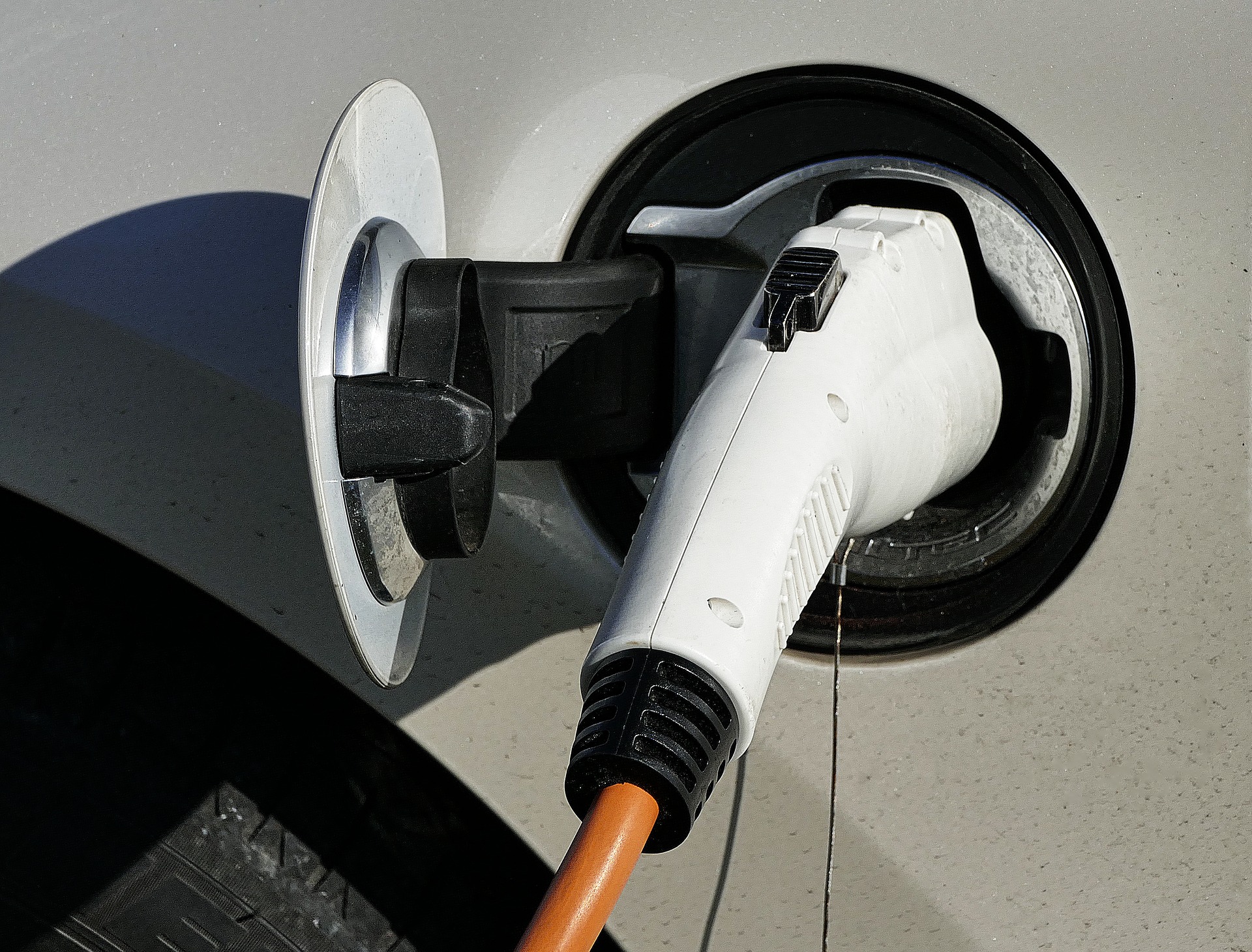In a move that’s sent ripples through Canada’s automotive and aftermarket sectors, Prime Minister Mark Carney announced last Friday that there would be a pause on the federal Electric Vehicle Availability Standard (EVAS), originally set to require 20% of new light-duty vehicle sales to be zero-emission by 2026.
The decision, prompted by mounting economic pressures and a shifting trade landscape, has sparked a wave of reactions from industry associations and other stakeholders across the country—and many are breathing a cautious sigh of relief.
Some industry pundits have suggested that the only way the 20% would be achieved would be to “cap” the sales of other, non-EV vehicles; current EV sales are nationally at less than half the 20% target.
And as expected many are concerned about the long-term environmental impact of a possible shift away from EVs, even as many acknowledge the present challenges that the trade environment brings.
A Reprieve for Manufacturers and Dealers
The mandate was going to most acutely affect the new car sales segment, so it is of little surprise that this segment welcomed the shift.
The Canadian Vehicle Manufacturers’ Association (CVMA) is calling it a “necessary reprieve” from what many in the sector viewed as an overly ambitious timeline. With U.S. tariffs disrupting supply chains and consumer EV adoption still lagging in key regions, the mandate was seen as a looming challenge.
“The EV mandate imposes unsustainable costs on auto manufacturers, putting at risk Canadian jobs and investment in this critical sector of the economy. A full repeal of the regulation is the most effective way to provide immediate relief to the industry and keep it competitive,” said Brian Kingston, President & CEO of the Canadian Vehicle Manufacturers’ Association (CVMA) in a statement.
Flavio Volpe, president of the Automotive Parts Manufacturers Association (APMA), said it was a “good whole of government approach to a crisis. We punted at a time when this isn’t going to work.” He also welcomed other elements of the announcement that provided some assurance of financial supports for the manufacturers.
Meanwhile, the Canadian Automotive Dealers Association (CADA) called it a good first step.
“This is a positive first step as it gives certainty to consumers and the automotive industry for the next year and will help to avoid a consumer availability and affordability crisis in the short term,” said Tim Reuss, CADA’s President and CEO in a statement.
He also called on British Columbia and Quebec to follow suit and avoid interprovincial inconsistencies.
“CADA will be engaging actively with the Federal government during the review period to ensure that any adjusted plan considers the varying differences in consumer demand across the country, as well as what is reasonable and possible with the current, and proposed charging and energy infrastructure,” said Reuss.
Auto Mayors Rally Behind the Decision
Ontario’s “Auto Mayors”—a coalition of municipal leaders from cities with deep automotive roots—also voiced strong support for the move. Their joint statement described the pause as “the essential course correction needed to prevent the loss of the Canadian auto industry”. For regions like Windsor, Oshawa, and Oakville, where manufacturing jobs are tightly woven into the local economy, the delay offers breathing room to adapt without risking employment or investment.
Outside of this corridor, Simcoe County Auto Mayors—which counts Honda’s Aliston plant, and its suppliers among their major employers—celebrated the move.
New Tecumseth Mayor Richard Norcross welcomed the announcement, saying:
“Prime Minister Carney’s decision to delay the ZEV mandate is a critical step toward stabilizing our local economy and protecting jobs in Canada,” said New Tecumseth Mayor Richard Norcross. “It reflects the voices of our communities and industry partners who have been advocating for a more flexible, realistic approach to electrification. While this is a big win for New Tecumseth and the Simcoe County Auto Mayors, we must continue working with Ottawa to address the tariff challenges that still threaten our competitiveness.”
What It Means for the Aftermarket Sector
Last but not least of course, is the aftermarket. While not as acutely affected in the immediate by the move, it does raise concerns.
For jobbers and aftermarket professionals, the pause may signal a slower transition to EV-dominated service models—but it also opens up time to prepare.
AIA Canada told Jobber Nation, in part, that its concern was that the emphasis on training supports for the industry be improved, not paused.
“The aftermarket is a critical part of Canada’s transportation ecosystem,” said Emily Holtby, Vice President of Government Relations for AIA Canada.
“With the right investment in training and upskilling, our sector can support consumer choice, maintain affordability, and keep EVs on the road longer. We encourage government to prioritize policies and programs that build a highly skilled workforce prepared for the growing EV fleet.
With internal combustion engine (ICE) vehicles remaining dominant for longer, shops can continue investing in hybrid service capabilities while gradually upskilling for EV diagnostics, battery maintenance, and high-voltage safety protocols.
Chris Dekker, owner of leading EV service business My Garage Auto & Tire in Airdrie, Alta., says the announcement changes little.
“I don’t think that the announcement changes anything for anyone that was planning to go in that direction anyways. I think the effect on shops is pretty small.
“Anyone who’s on the ball is going to be making those investments in the future, and the tooling and the training anyways, regardless of what the government’s doing. It’s clear that there’s a direction that we’re seeing in the industry, and maybe it’s not going to come as quickly as people had first expected, but it’s certainly moving that way.”


0 Comments